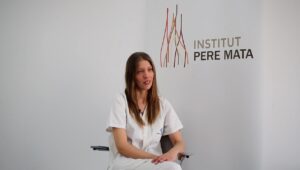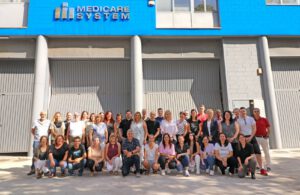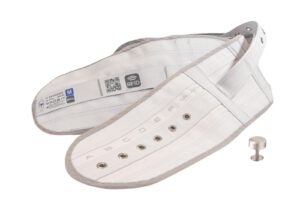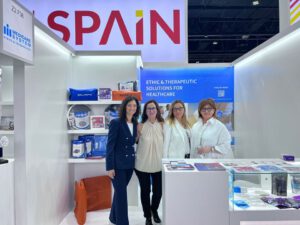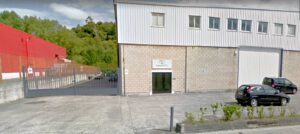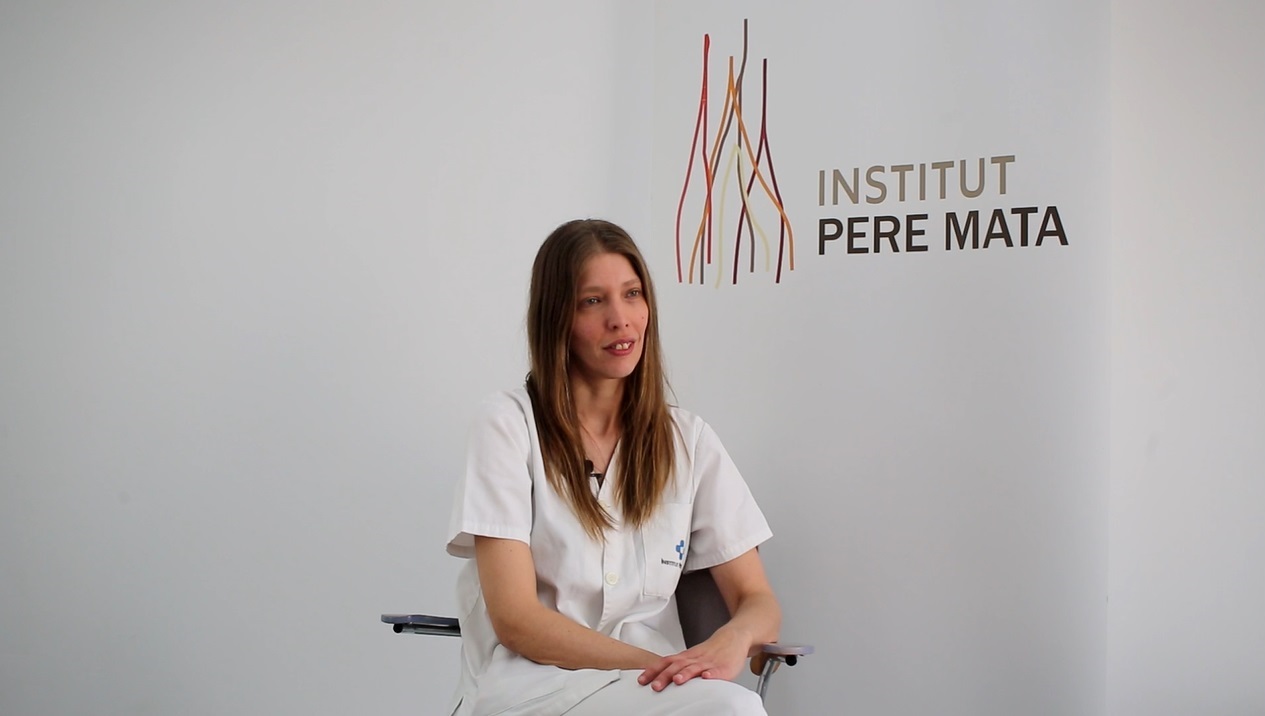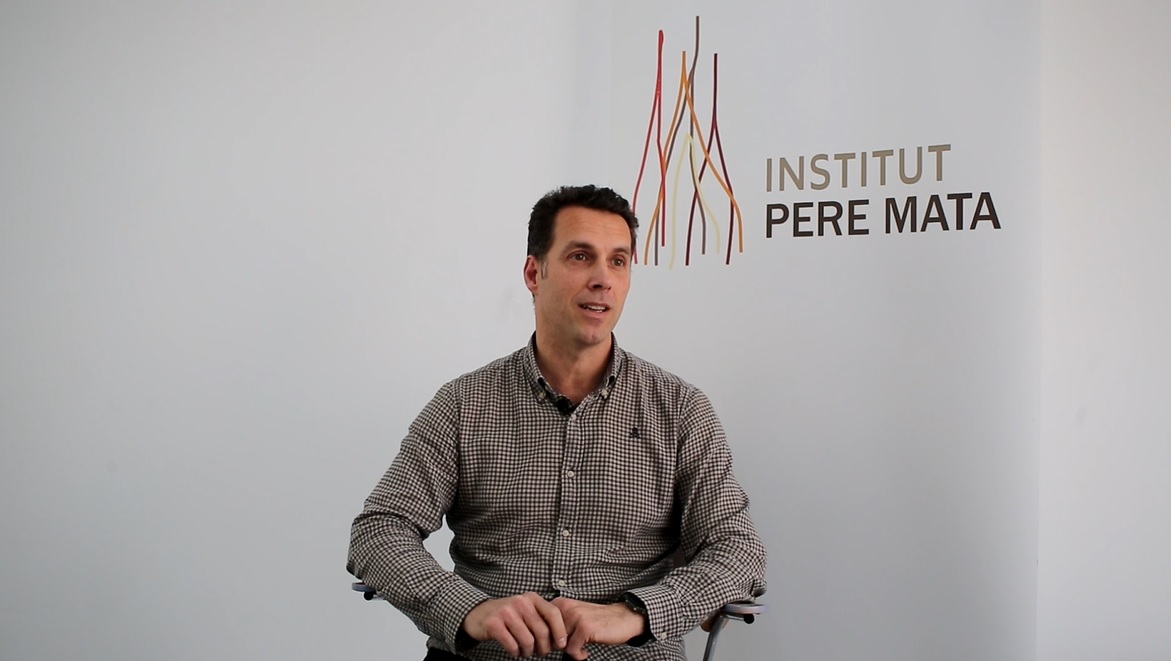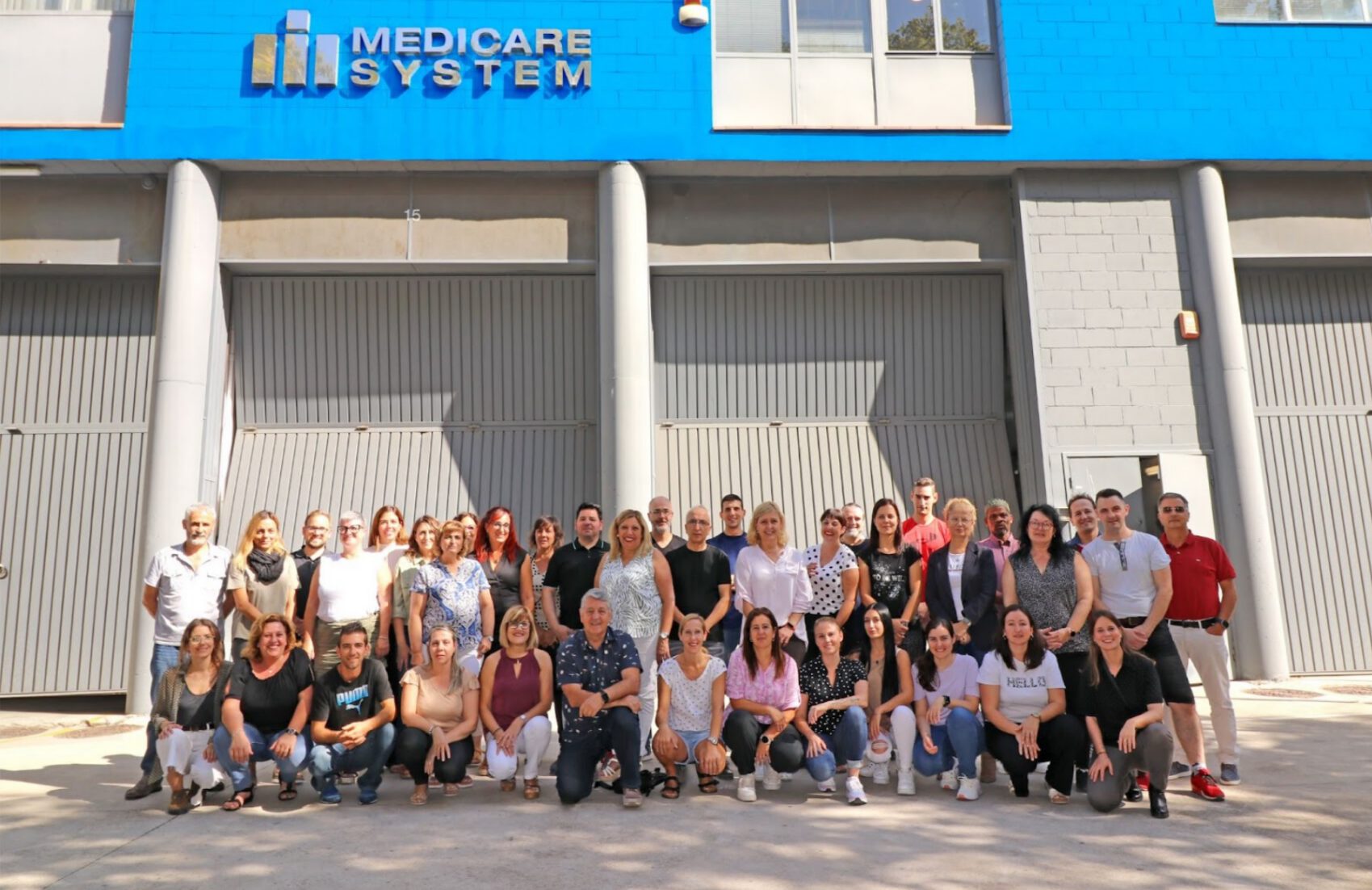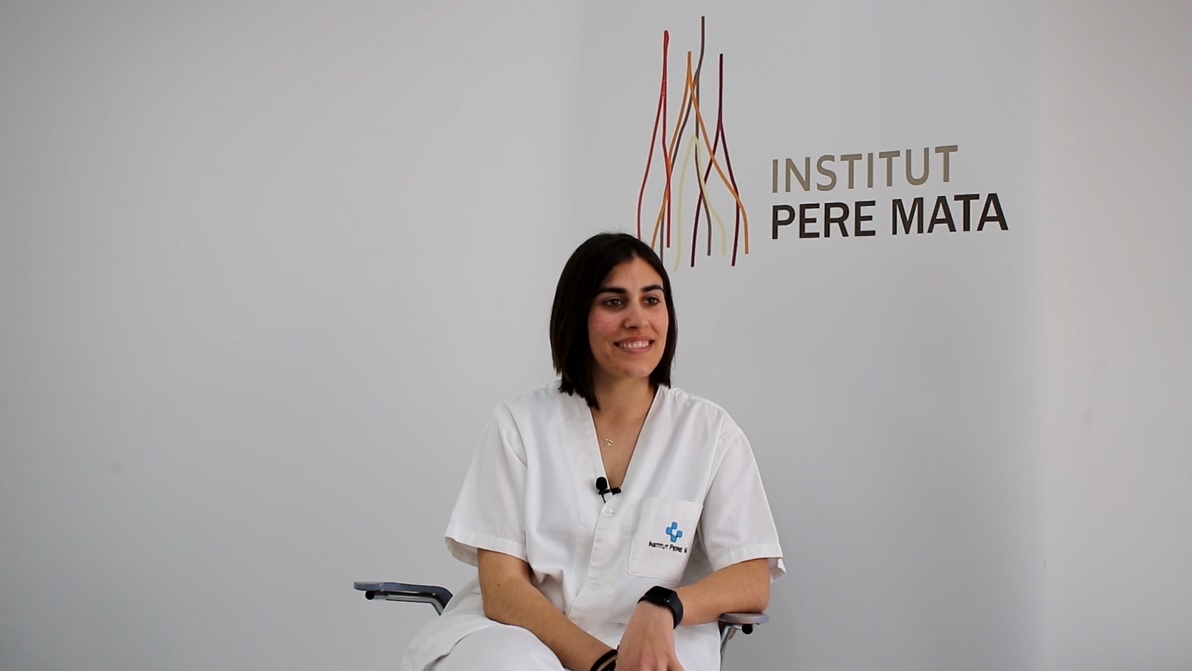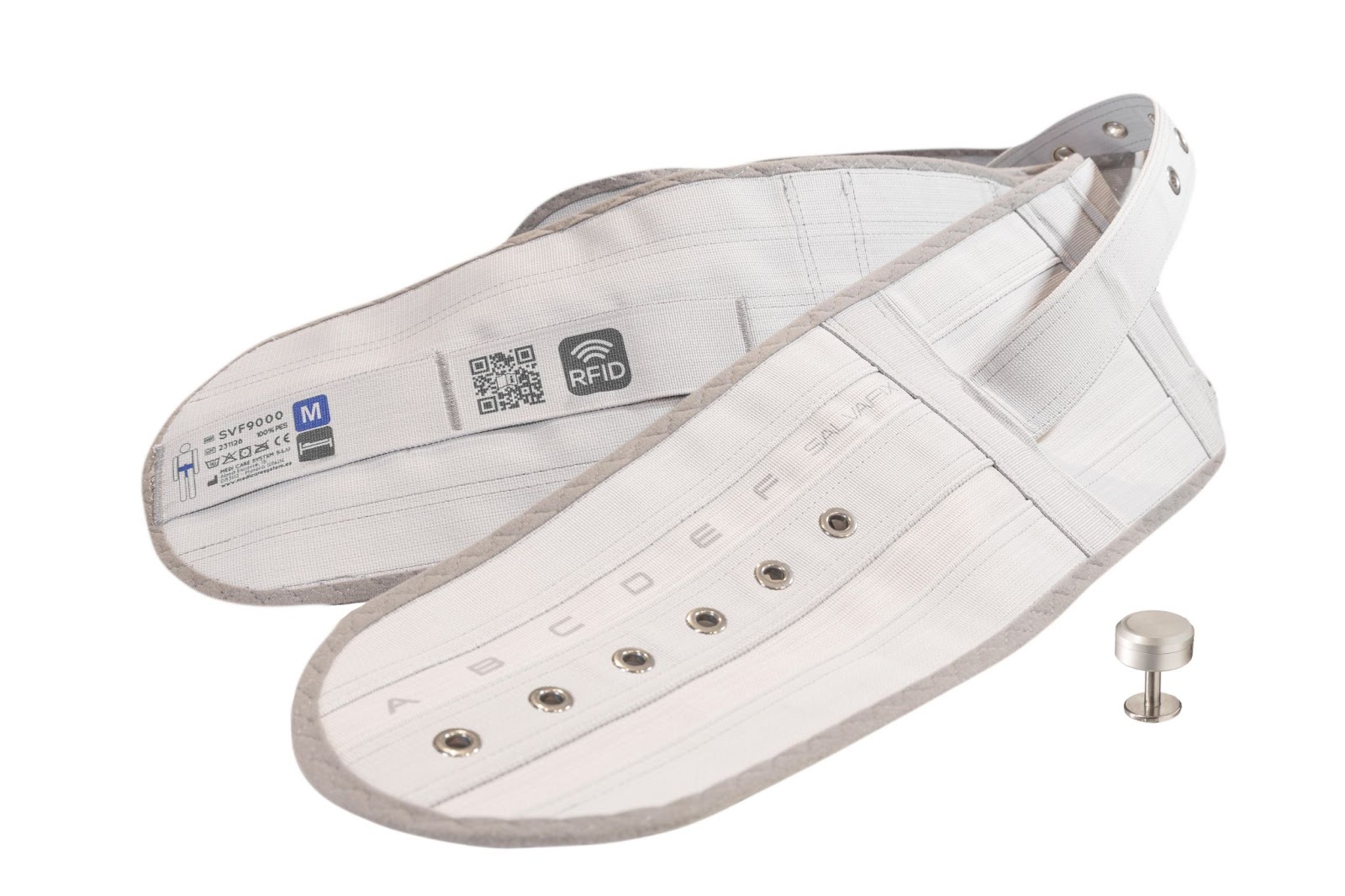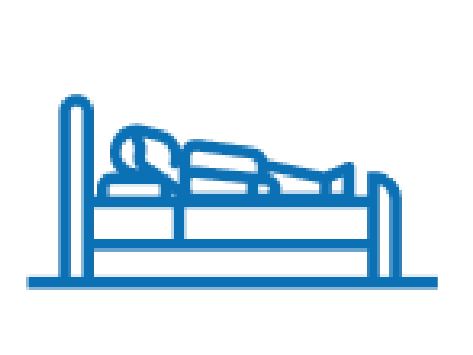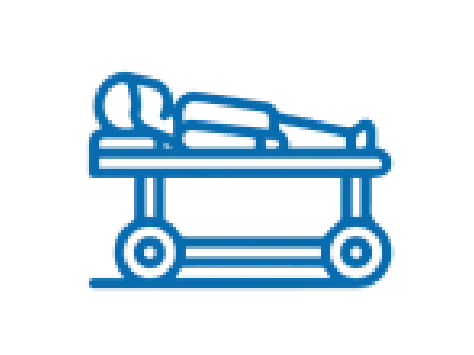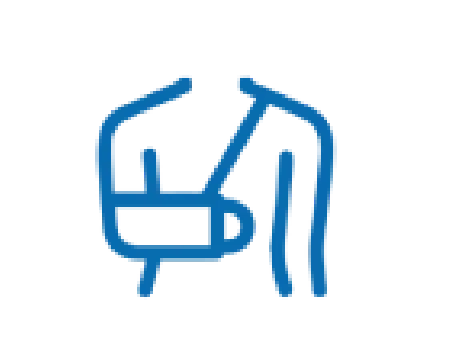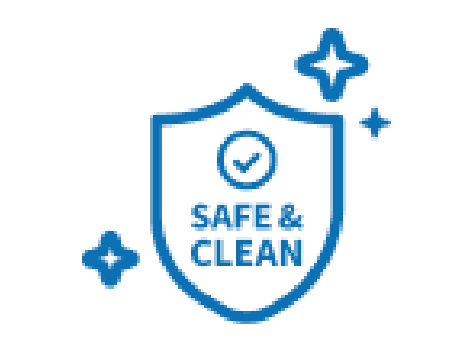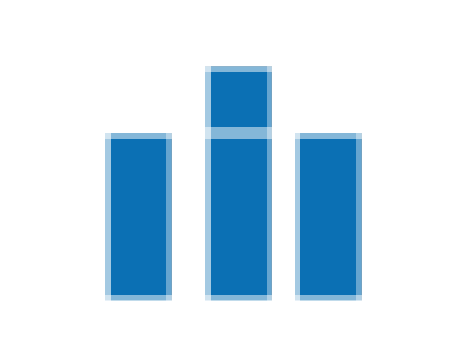Interview with Miquel Ragull, Head of Mental Health Nursing at Mataró Hospital.
Mataró Hospital has been the first center to pilot the Salvafix Smart system from Medicare System and has contributed to its development. Now, two more Catalan hospitals are conducting pilot tests with this pioneering system that allows for accurate monitoring of mechanical restraints with the long-term goal of achieving zero trend to minimize them to the maximum extent.
We talk to Miquel Ragull, Head of Mental Health Nursing at Mataró Hospital, to learn about his impressions of Salvafix Smart and the results of these tests.
Do you believe restraints are useful as a clinical procedure in the face of significant agitation?
They are essential when preventive actions have failed to contain the agitation. They are the last resort that the nursing team has, so that the patient does not harm themselves or others.
“The Salvafix Smart can become a standard in the world environment with mechanical restraint.”
What benefits have you observed since the implementation of this new Salvafix Smart system?
Salvafix Smart proposes a new paradigm that improves the quality, traceability, and visibility of mechanical restraint. I have been working in Mental Health for 23 years, and during this time, the materials, magnets, and pivots of restraints have changed, but structurally they have not evolved much until now. Salvafix Smart automates data collection, which integrates and visualizes the platforms used by hospitals (if the professional applying the restraint has received training, the number of people involved, and if there have been adverse events…). This allows, on the one hand, to record traceability and have an updated and reliable inventory of restraints, and on the other hand, synchronization between computer devices and the use being made of the restraint, thus eliminating paper notes and parallel records. Additionally, it allows tracking the device itself, from stock, use, and current location.
How has the response been from the nursing staff?
It is a tool that reduces the workload associated with restraint records. In addition, the checklist we have incorporated into the application (software) helps remember the key elements for proper mechanical restraint.
Do you think Salvafix Smart could become a standardized system in the world of mechanical restraints?
Advancing in healthcare quality involves having accurate information about restraints and visualizing it as if it were a control panel that offers a “snapshot” of ongoing restraints at the center at any given moment. This makes it a decision support tool for management, similar to sepsis, COVID, or dysphagia risk indicators.
“As long as the contents are in the correct form, the Salvafix Smart provides answers to questions that we have and that we cannot answer.”
What is the main motivation behind the implementation of this intelligent system at your hospital?
The main motivation is to do it better and more safely, that is, to improve safety and healthcare quality. This also includes improving the experience of professionals and patients regarding mechanical restraint because it allows having detailed and reliable information about its application in a legal document such as a clinical course, and this fact greatly facilitates communication with the patient and their families.
How has the staff adapted to this new procedure?
Without problems, quickly and easily. There has been a lot of interest and curiosity because we thought that a tool like restraints could not improve in this way, with a new vision that allows doing things differently and achieving results that seemed impossible.


